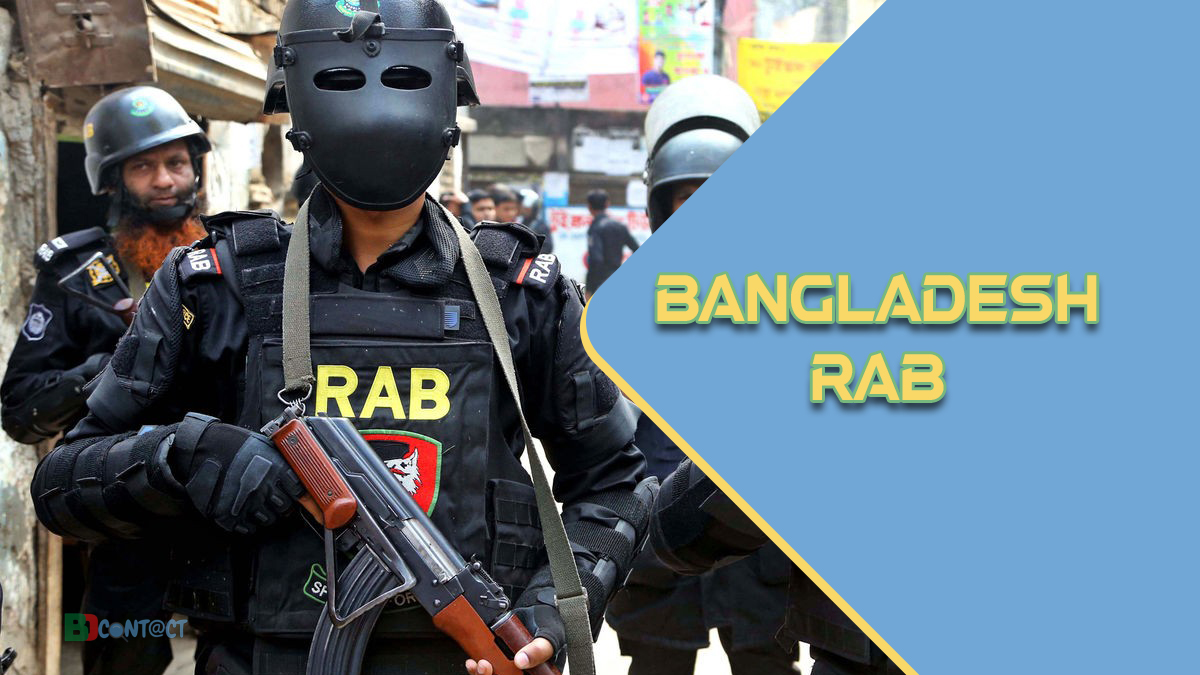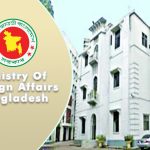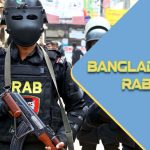According to the definition of grammar, language is the set of sounds that we use to express our thoughts. But just saying that does not mean what language is. Language is a living organization. Language is alive because language is growing little by little every day and just as little by little every day.
The Bengali language that people speak now, 50 years ago, no one would have spoken such a Bengali language. At present, everyone uses many English words when speaking in Bengali. They are mixing up the Bengali and English accent. But that’s not our topic for today. Let’s stick to the topic. The main language of Bangladesh is Bengali. Another name for it is Bangla.
For Bangladeshi, it is not only a language; it is pride. There is a long history of this beautiful language. Bangla is the fourth most spoken language in the world. Around 300 million people in the world talk to Bengali. Bengali is one of the most widely spoken languages in the world.
Bengali is the main language used in Bangladesh and the Indian states of Tripura and West Bengal. Bengali is said to be the sweetest language in the world. Bengali is the state language of Bangladesh. About 130 million people here speak this language.
Table of Contents
History of the Origin of Bengali Language
There were three levels of the Indian Aryan language before the birth of Jesus. The first level is called Vedic or Vedic Sanskrit. The language period is from 1200 BC to 600 BC. Sanskrit is then found. It probably began to be formalized around 600 BC and was finally formalized by the grammarian Panini around 400 BC.
Vedic and Sanskrit are called ancient Indian Aryan languages. Prakrit languages are called Central Indian Aryan languages. These languages were spoken in different parts of India from 450 BC to 1000 AD. The last level of these Prakrit languages is called Apabhrangsa, which means very distorted.
Various modern Indian Aryan languages such as Bengali, Hindi, Gujarati, Marathi, Punjabi, etc., have originated from different dialects. Dr. Sunitikumar Chattopadhyay thinks that Bengal originated from the East Magadhi apabhrangsa, And Assamese and Oriya languages.
That is why Asami and Oriya have a very close relationship with Bengal. Some other languages are closely related to Bengali; Because they were also born from the other two branches of Magadhi apabhrangsa. Those languages are Maithili, Magahi, Bhojpuri. Dr. Muhammad Shahidullah, however, has a slightly different view on the origin of the Bengali language.
He said the name of a Prakrit is Gauri Prakrit. Prakrit was the commonly spoken language in ancient India. These Prakrit languages were prevalent in India’s various parts as written and spoken languages simultaneously from 450 BC to 1000 AD. The origin of the Bengali language is from Prakrit, the spoken language of common people.
Pali is thought to be one of the Prakrit languages of ancient India, born at least 600 years before Christ. Pali was the spoken language of the Magadha people of central Bihar. Although Pali was primarily a spoken language, it had precise grammar and composing poems, plays, etc.
For centuries in India (mainland) and Sanskrit Kadar or Europe over the vast area on the other side of the Ganges, Pali has remained just as it has been for hundreds of years. But the Pali language, which is so old, so far-reaching, and has so many valuable historical monuments, did not get its due status. No essays were published in his honor.
Even to researchers and linguists, Pali seems unfamiliar. This disrespect and disrespect were not due to Pali. Like Sanskrit, Pali died many centuries ago. There is no longer any local race in the language, or people using it as a mother tongue in that sense; Used only as a literary and religious language.
Gautama Buddha preached in this language. Originally a common provincial language, it gradually became a powerful language, putting it in the traditional language position. Its relationship with Sanskrit is much like that of a sister. Though closely related, Pali and Sanskrit were two completely separate and independent branches of the lost Aryan language.
The lost Aryan language is a member of the Indo-European language family. Indo-European language lineage refers to the main language group. The languages that first spread across much of Europe and greater South Asia are collectively called the Indo-European language family. Of course, these language groups are now spread all over the world.
More than half of the world’s people speak this family language. Our mother tongue Bengali, Greek, Latin, English, Hindi, Persian, French, Dutch, Nepali, etc., belongs to the Indo-European language family. This original language existed about five thousand years ago. The differences between the language branches of this language family became clear three or four thousand years ago today.
During this period, the languages of Greek, Antolin, and Indo-Iranian were established. These languages are said to have come from nomadic tribes roaming Eastern Europe and West Asia. This region was once called the Gobi. This is about 3000 BC. From 2000 BC, Indo-European families began to move beyond Europe to the Atlantic coast and the northern shores of the Mediterranean. With the conquest of Persia and India, they spread to distant parts of Asia.
Simultaneously, the Indus inhabitants also spread to the east (Gangetic plain) and the west and Afghanistan. Between 1000 BC, the Indian Aryan language (Indo-Aryan) and the Indo-Iranian language became separated. There are three main stages in the history of the Indian Aryan language. The name of the oldest language of our country is ‘Prachin Prakrit.’
Over time, ‘ancient Prakrit’ became known as ‘modern Prakrit.’ From the modern Prakrit language, branches were formed, and a few more Prakrit languages were born under ‘Gauri Prakrit,’ ‘Magadhi Prakrit,’ etc.
In the evolution of time, the Prakrit language underwent further changes, and the name became a corruption. The ‘Ahmiya’ language of Assam, the ‘Oriya’ language of Orissa, the ‘Hindi’ language of India, and the ‘Bangla’ language of this region were born from this corruption. It seems that the name ‘Sanskrit’ has been given after reforming any ancient language.
Because what is reformed is Sanskrit. History testifies to the oral language of the ancient Prakrit or modern Prakrit people. But Sanskrit was never the language of the people. Still not the language of the people’s mouth. It is the religious language of the Hindus. Except for Brahman and Bhattacharya, no one had the right to scholar this language.
The Bengali language was supposed to be wiped out by the Bengali language’s persecution during the Hindu-Brahmanical period. But the common person held on to Bengal. Later, in 1203, after Ikhtiyar Uddin Muhammad Bakhtiyar Khilji defeated the Hindu-Brahmin king Lakshman Sen with only 16 horse riders, Muslim rule began in Bengal.
Culture is liberated; language is liberated. Bengali became involved with the work and life of this country. Bengali Muslims were attracted to Bengal in full force. The Pathan kings of Bengal, the Amir-Umrah, and the common people began to appreciate Bengal.
Then in 1757, after the tragic defeat of Nawab Sirajuddaula at the hands of the British by conspiracy and betrayal in the battle of Palashi, several hundred years of Muslim rule came to an end, and the people of Bengal and the Bengali language were persecuted again.
During the English period, Christian missionaries and Sanskrit scholars took the initiative to expel Arabic, Persian, Turkish, and even regional words from the Bengali language. They imposed propaganda on the Sanskrit language to purify the Bengali language.
Bengali as the State Language Of Bangladesh
Nawab Syed Nawab Ali Chowdhury first proposed to make Bengali the state language in 1911 during British rule. He also demanded to make Bengal a vehicle of education. In 1918, at the All India Conference held in Santiniketan under the poet Rabindranath Tagore’s presidency, linguistic scholar Dr. Muhammad Shahidullah declared:
“Why only India, the place of Bengali language will be the highest in the whole continent of Asia. The Bengali language is unique among the language groups of Asia in terms of resources and literature.”
However, after the end of British rule and the creation of an independent country called Pakistan in 1947, the people of East Bengal had to struggle anew on their mother tongue Bengali and the state language Bengal. From 1947 to 1952 and beyond, through fierce language struggle, the mother tongue of the people of East Bengal, Bengali, became one of the state languages in 1956 in exchange for the blood of the language martyrs.
In 1971, due to the death-winning struggle of the oppressed people of this country and the spirit of the hard movement, independent and sovereign Bangladesh emerged as the only language-based state in South Asia through the war of liberation. In 1999, the United Nations Educational, Scientific and Cultural Organization (UNESCO) declared Ekushey February as the International Mother Language Day.











Comments